Home>Furniture & Design>Interior Design Trends>What Are Glass Eels Used For
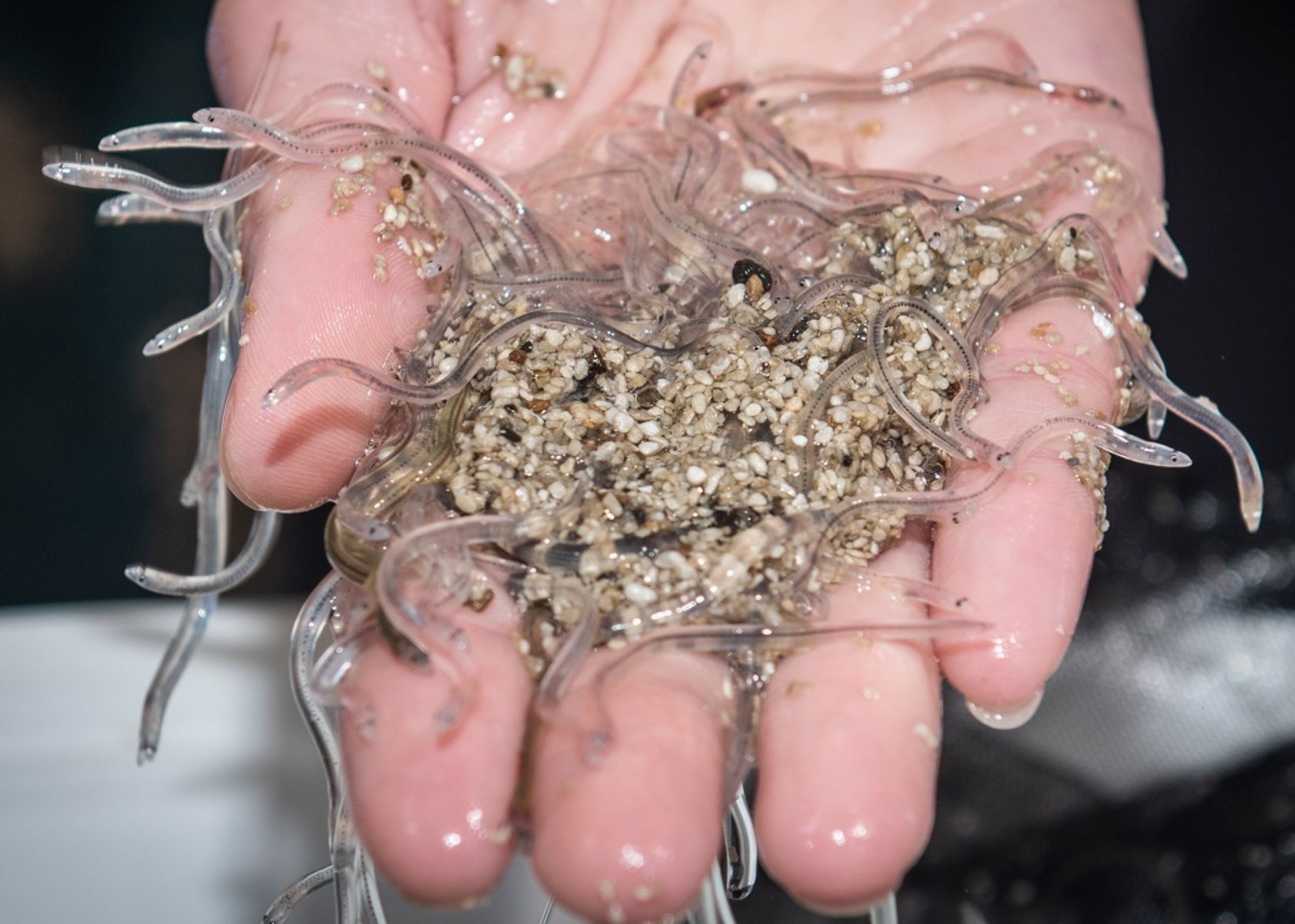

Interior Design Trends
What Are Glass Eels Used For
Published: February 8, 2024
Discover the latest interior design trends with glass eels. Learn how these unique creatures are used to create stunning and innovative decor pieces. Explore the intersection of nature and design today!
(Many of the links in this article redirect to a specific reviewed product. Your purchase of these products through affiliate links helps to generate commission for Storables.com, at no extra cost. Learn more)
Introduction
Glass eels, also known as elvers, are a fascinating and enigmatic species that play diverse roles in various aspects of human life. These translucent, slender creatures are the juvenile form of the European eel (Anguilla anguilla) and the American eel (Anguilla rostrata). Their unique characteristics and adaptability have made them valuable in aquaculture, cuisine, traditional medicine, and research and education.
The intricate life cycle of glass eels begins in the Sargasso Sea, where they hatch from eggs and embark on an extraordinary migration spanning thousands of miles. Drifting with ocean currents, these tiny, transparent larvae eventually reach coastal waters, where they undergo a remarkable transformation into glass eels. This phase marks the beginning of their crucial role in various human activities.
From their significance in aquaculture, where they are cultivated for commercial purposes, to their esteemed status in culinary traditions, glass eels have captured the attention of people across the globe. Furthermore, their presence in traditional medicine and their contribution to scientific research and educational endeavors underscore their multifaceted importance.
As we delve into the world of glass eels, it becomes evident that these remarkable creatures are not only a vital component of aquatic ecosystems but also hold a special place in human society. Their unique attributes and versatility have led to their widespread utilization in diverse fields, making them a subject of intrigue and admiration for many.
The subsequent sections of this article will explore the multifaceted roles of glass eels, shedding light on their significance in aquaculture, cuisine, traditional medicine, and research and education. Through this exploration, we will gain a deeper understanding of the profound impact of these elusive creatures on human activities and the natural world.
Key Takeaways:
- Glass eels are important in aquaculture, helping to sustainably produce eels for food while conserving their natural habitats. They also contribute to research and education, inspiring curiosity about the natural world.
- In cuisine, glass eels are prized for their delicate flavor and are featured in traditional and innovative dishes around the world. They are also valued in traditional medicine for their potential health benefits.
Read more: What Is Glass Used For
Glass Eels in Aquaculture
Glass eels hold a pivotal role in the aquaculture industry, where they are highly sought after for their potential to contribute to the sustainable production of eels. The cultivation of glass eels, also known as elver aquaculture, has gained significant attention due to the declining wild eel populations and the increasing demand for eel products.
In aquaculture, glass eels are carefully nurtured and raised in controlled environments to ensure their optimal growth and development. These juvenile eels are valued for their adaptability and resilience, making them well-suited for aquaculture practices. The cultivation of glass eels presents a promising solution to the challenges associated with the depletion of wild eel populations, offering a sustainable means of meeting the demand for eel products while conserving natural eel habitats.
One of the primary objectives of glass eel aquaculture is to produce eels for commercial purposes, including the culinary industry. As glass eels mature into adult eels, they become a valuable source of high-quality meat that is prized in various cuisines around the world. The cultivation of eels from the glass eel stage allows for greater control over the production process, ensuring a consistent and reliable supply of eels for consumption.
Furthermore, the cultivation of glass eels contributes to the conservation and management of eel populations. By reducing the reliance on wild eel stocks through sustainable aquaculture practices, the pressure on natural eel habitats is alleviated, thereby supporting the preservation of eel species and their ecosystems.
In addition to their commercial significance, the cultivation of glass eels in aquaculture facilitates research and innovation in eel farming techniques. This includes advancements in breeding, rearing, and husbandry practices aimed at enhancing the efficiency and sustainability of eel production. The knowledge gained from glass eel aquaculture not only benefits the eel farming industry but also contributes to broader efforts in sustainable aquaculture and conservation.
Overall, the role of glass eels in aquaculture extends beyond their commercial value, encompassing their potential to drive sustainable eel production, support conservation efforts, and foster advancements in aquaculture practices. As the demand for eel products continues to grow, the cultivation of glass eels stands as a promising avenue for meeting this demand while promoting the responsible stewardship of eel populations and their natural habitats.
Glass Eels in Cuisine
Glass eels, also known as elvers, have long been revered for their culinary significance in various cultures around the world. Their delicate flavor and unique texture make them a sought-after delicacy, often featured in traditional and contemporary dishes. From Europe to Asia, glass eels have left an indelible mark on the culinary landscape, captivating the palates of discerning food enthusiasts.
In regions such as Spain and Portugal, glass eels are celebrated for their role in creating exquisite dishes that showcase their subtle yet distinctive taste. One of the most renowned preparations is "angulas," a dish that highlights the tender, translucent nature of these juvenile eels. Angulas are often sautéed with garlic and olive oil, allowing their delicate flavor to shine through. This culinary tradition has been passed down through generations, with angulas remaining a cherished delicacy that embodies the essence of local gastronomy.
In Japan, glass eels, known as "shirayaki," are prized for their versatility and are featured in a variety of culinary creations. Whether grilled and seasoned with salt or incorporated into sushi and sashimi, shirayaki exemplifies the art of Japanese cuisine, where the purity of flavors and the appreciation of seasonal ingredients are paramount. The subtle sweetness and tender texture of shirayaki have earned them a revered place in Japanese culinary traditions, where they are celebrated for their exceptional taste and culinary adaptability.
The culinary allure of glass eels extends beyond specific regional cuisines, as their unique qualities have garnered attention from chefs and food enthusiasts worldwide. Their delicate, translucent appearance and nuanced flavor profile have inspired innovative culinary interpretations, with chefs incorporating them into contemporary dishes that showcase their exceptional qualities.
The culinary journey of glass eels reflects the deep-rooted appreciation for exceptional ingredients and the artistry of culinary traditions. Their presence in diverse cuisines underscores their esteemed status as a prized delicacy, revered for their delicate flavor and culinary versatility. Whether enjoyed in time-honored recipes or innovative culinary creations, glass eels continue to captivate the senses and enrich the culinary tapestry with their distinctive presence.
Glass eels are used for stocking aquaculture facilities, scientific research, and as bait for fishing. They are also considered a delicacy in some cultures and are used in traditional medicine.
Glass Eels in Traditional Medicine
Glass eels, known for their enigmatic nature and unique characteristics, have also found a place in traditional medicine practices across various cultures. Their presence in traditional medicine is rooted in the belief that they possess medicinal properties that can contribute to health and well-being. From Asia to Europe, the utilization of glass eels in traditional medicine reflects the deep-seated cultural reverence for natural remedies and the intrinsic connection between humans and the natural world.
In traditional Chinese medicine, glass eels are valued for their purported medicinal benefits, with their use dating back centuries. They are believed to possess properties that can nourish the body and support vitality. In traditional Chinese medicinal practices, glass eels are often incorporated into tonics and remedies aimed at promoting overall health and vitality. Their inclusion in traditional Chinese medicine underscores the enduring belief in the therapeutic potential of natural substances and the holistic approach to well-being.
Similarly, in Korean traditional medicine, glass eels are regarded as a valuable ingredient with potential health-enhancing properties. They are believed to possess qualities that can invigorate the body and support various aspects of health. In Korean traditional medicinal practices, glass eels are utilized in formulations aimed at addressing specific health concerns and promoting balance within the body. Their inclusion in traditional Korean medicine reflects the enduring tradition of seeking remedies from nature to support holistic well-being.
In European traditional medicine, particularly in regions where eels are native, glass eels have been historically associated with medicinal properties. They are believed to possess qualities that can contribute to vitality and well-being. In traditional European medicinal practices, glass eels have been utilized in various remedies and preparations aimed at addressing specific health needs and promoting overall wellness. Their presence in European traditional medicine reflects the enduring cultural reverence for natural remedies and the belief in the healing potential of natural substances.
The utilization of glass eels in traditional medicine highlights the enduring belief in the therapeutic potential of natural substances and the intrinsic connection between humans and the natural world. While the scientific basis for their purported medicinal properties may vary, their presence in traditional medicinal practices underscores the cultural significance of natural remedies and the enduring tradition of seeking wellness from the gifts of nature.
Glass Eels in Research and Education
Glass eels play a pivotal role in advancing scientific research and educational endeavors, contributing to a deeper understanding of aquatic ecosystems, biodiversity, and the intricate life cycles of eels. Their unique characteristics and migratory behavior have made them a subject of fascination and study, inspiring a wide range of research initiatives and educational programs that delve into their ecological significance and broader implications for environmental conservation.
In the realm of scientific research, glass eels serve as a valuable focal point for studies aimed at unraveling the complexities of eel migration and the factors influencing their survival and population dynamics. Researchers leverage the remarkable migratory journey of glass eels to gain insights into the mechanisms driving their navigation, sensory adaptations, and physiological changes during migration. By studying the migratory patterns of glass eels, scientists can glean valuable information that contributes to the broader understanding of marine ecology and the interconnectedness of aquatic ecosystems.
Furthermore, the study of glass eels provides a platform for investigating the impacts of environmental factors, such as climate change and habitat alteration, on eel populations. Through research initiatives focused on glass eels, scientists can assess the resilience of eel populations in the face of environmental challenges, shedding light on the potential implications for biodiversity conservation and ecosystem management.
In the realm of education, glass eels offer a compelling avenue for engaging students and the public in the exploration of marine biology, conservation, and environmental stewardship. Educational programs centered around glass eels provide an opportunity to instill a sense of wonder and appreciation for the natural world, fostering environmental literacy and a deeper connection to aquatic ecosystems.
By incorporating glass eels into educational curricula and outreach initiatives, educators can inspire curiosity and awareness about the intricate life cycles of eels, the importance of preserving aquatic habitats, and the interconnectedness of global ecosystems. Through hands-on learning experiences and interactive educational materials, students and the public can gain a deeper understanding of the ecological significance of glass eels and the broader implications for marine conservation.
In summary, the role of glass eels in research and education extends beyond their biological significance, encompassing their potential to inspire scientific inquiry, environmental awareness, and conservation efforts. By serving as a focal point for scientific exploration and educational engagement, glass eels contribute to the advancement of knowledge and the cultivation of a deeper appreciation for the wonders of the natural world.
Read more: What Glue To Use For Glass
Conclusion
In conclusion, the multifaceted roles of glass eels encompass their significance in aquaculture, cuisine, traditional medicine, and research and education. These translucent, enigmatic creatures have captivated human interest and played a pivotal role in various aspects of human life, reflecting their profound impact on both cultural practices and scientific endeavors.
From the perspective of aquaculture, the cultivation of glass eels holds promise for sustainable eel production, offering a viable solution to the challenges posed by declining wild eel populations. By nurturing and raising glass eels in controlled environments, the aquaculture industry not only meets the demand for eel products but also contributes to the conservation and management of eel populations, thereby supporting the preservation of natural eel habitats.
In the realm of cuisine, the culinary allure of glass eels transcends cultural boundaries, with their delicate flavor and unique texture making them a prized delicacy in various gastronomic traditions. Whether featured in time-honored recipes or innovative culinary creations, glass eels continue to enrich the culinary tapestry, captivating the senses and exemplifying the artistry of culinary traditions.
The utilization of glass eels in traditional medicine reflects the enduring belief in the therapeutic potential of natural substances and the intrinsic connection between humans and the natural world. Across different cultural contexts, glass eels are revered for their purported medicinal properties, contributing to the tradition of seeking wellness from the gifts of nature.
In the realm of research and education, glass eels serve as a focal point for scientific inquiry and educational engagement, inspiring a deeper understanding of aquatic ecosystems, biodiversity, and the interconnectedness of global ecosystems. Through research initiatives and educational programs centered around glass eels, scientists and educators foster environmental awareness and inspire curiosity about the wonders of the natural world.
Overall, the profound impact of glass eels on human activities and the natural world underscores their enduring significance. As these remarkable creatures continue to intrigue and inspire, their roles in aquaculture, cuisine, traditional medicine, and research and education exemplify the intricate interplay between human societies and the biodiversity of the natural world.
Frequently Asked Questions about What Are Glass Eels Used For
Was this page helpful?
At Storables.com, we guarantee accurate and reliable information. Our content, validated by Expert Board Contributors, is crafted following stringent Editorial Policies. We're committed to providing you with well-researched, expert-backed insights for all your informational needs.

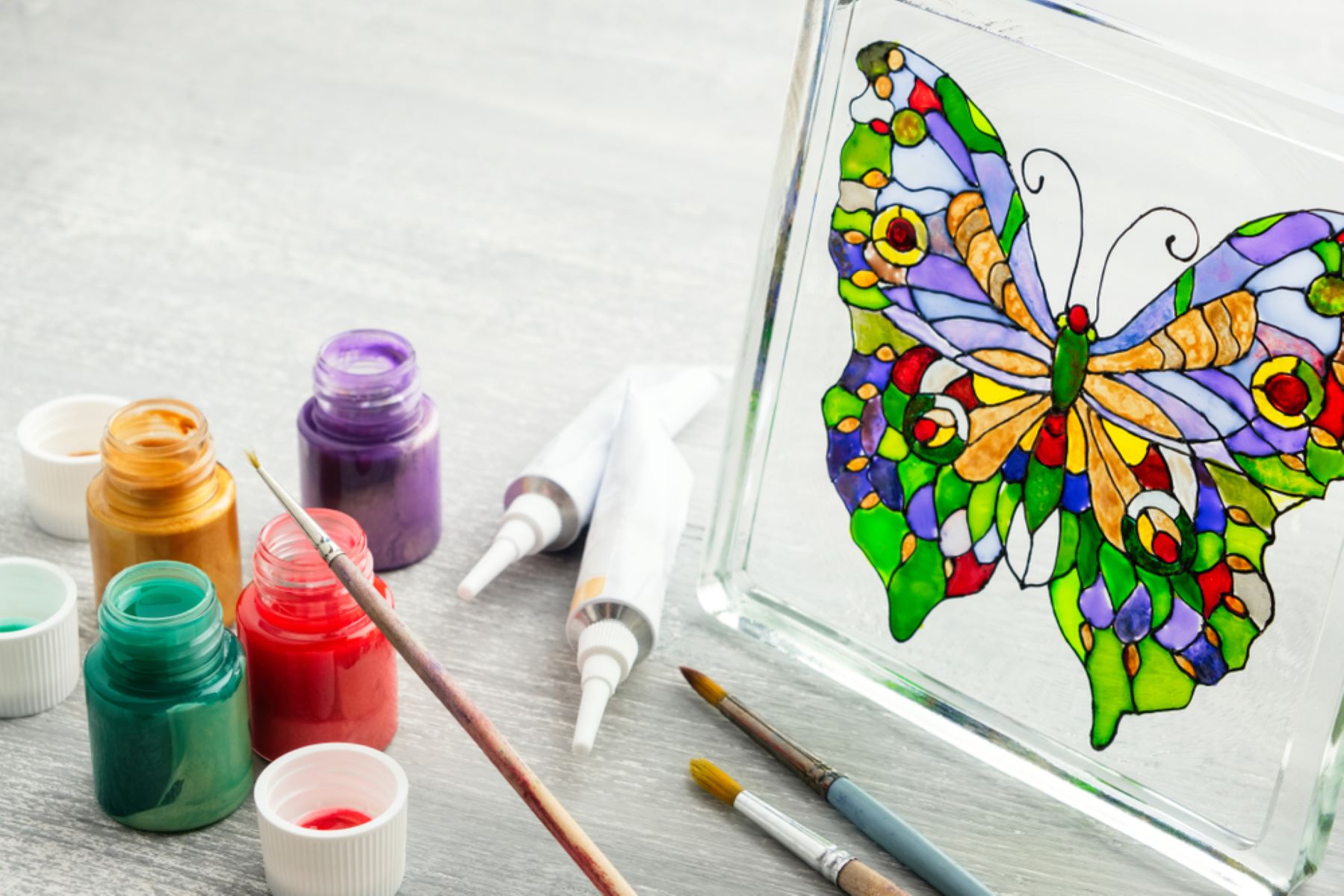
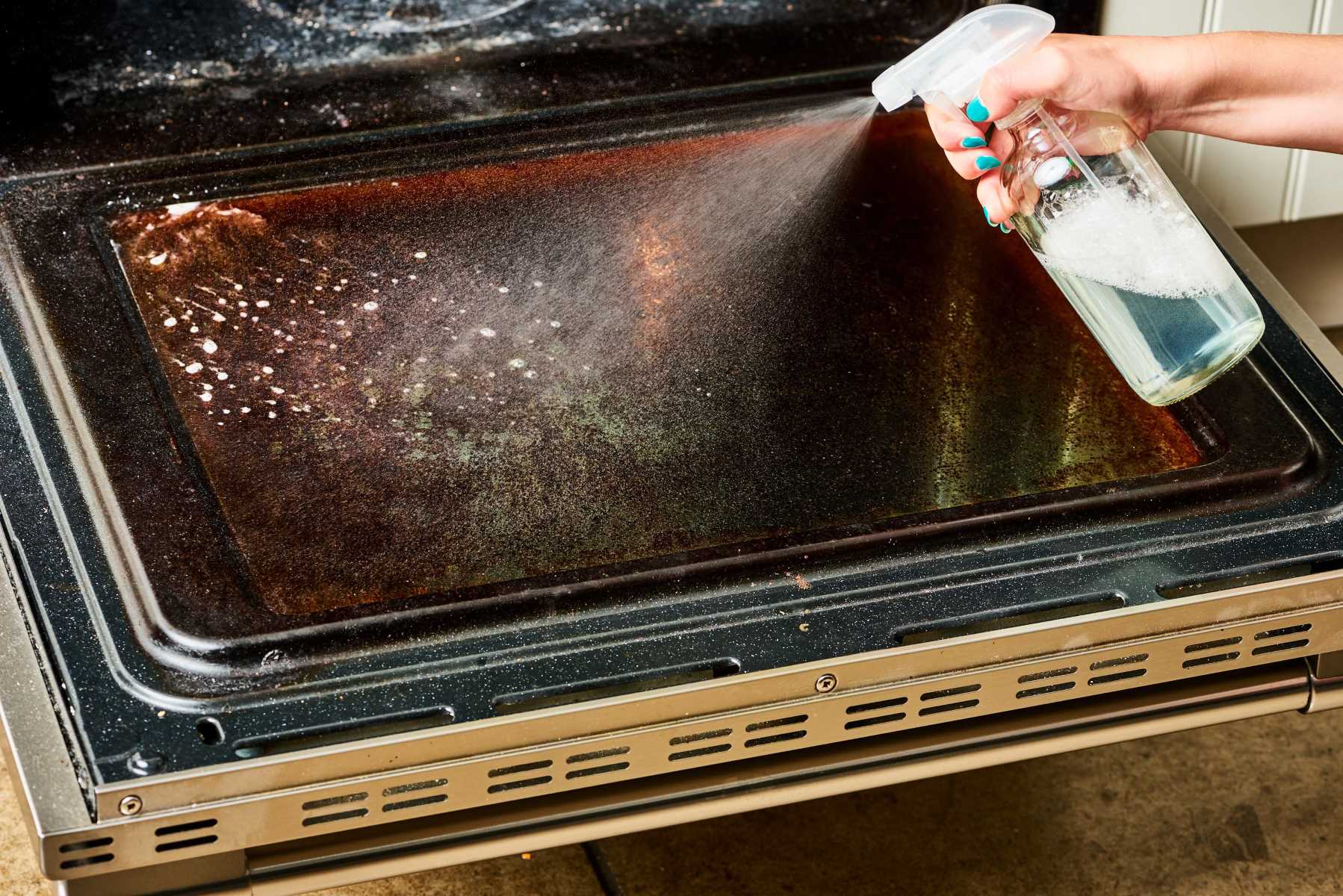
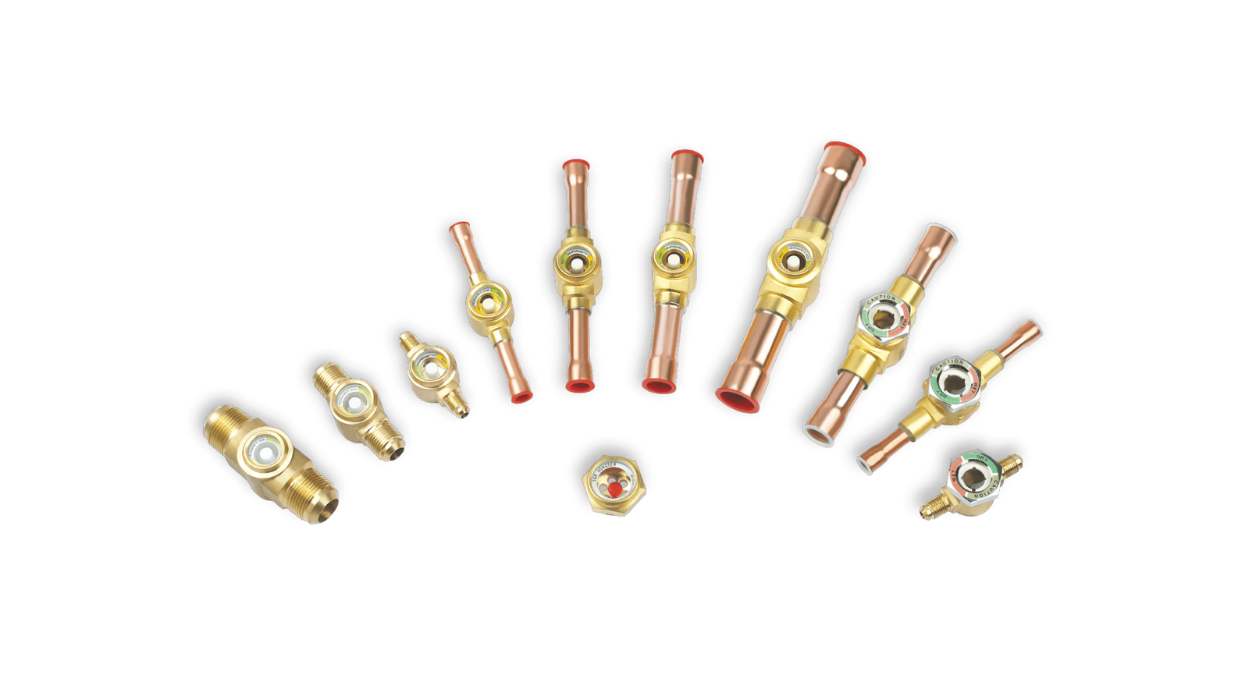

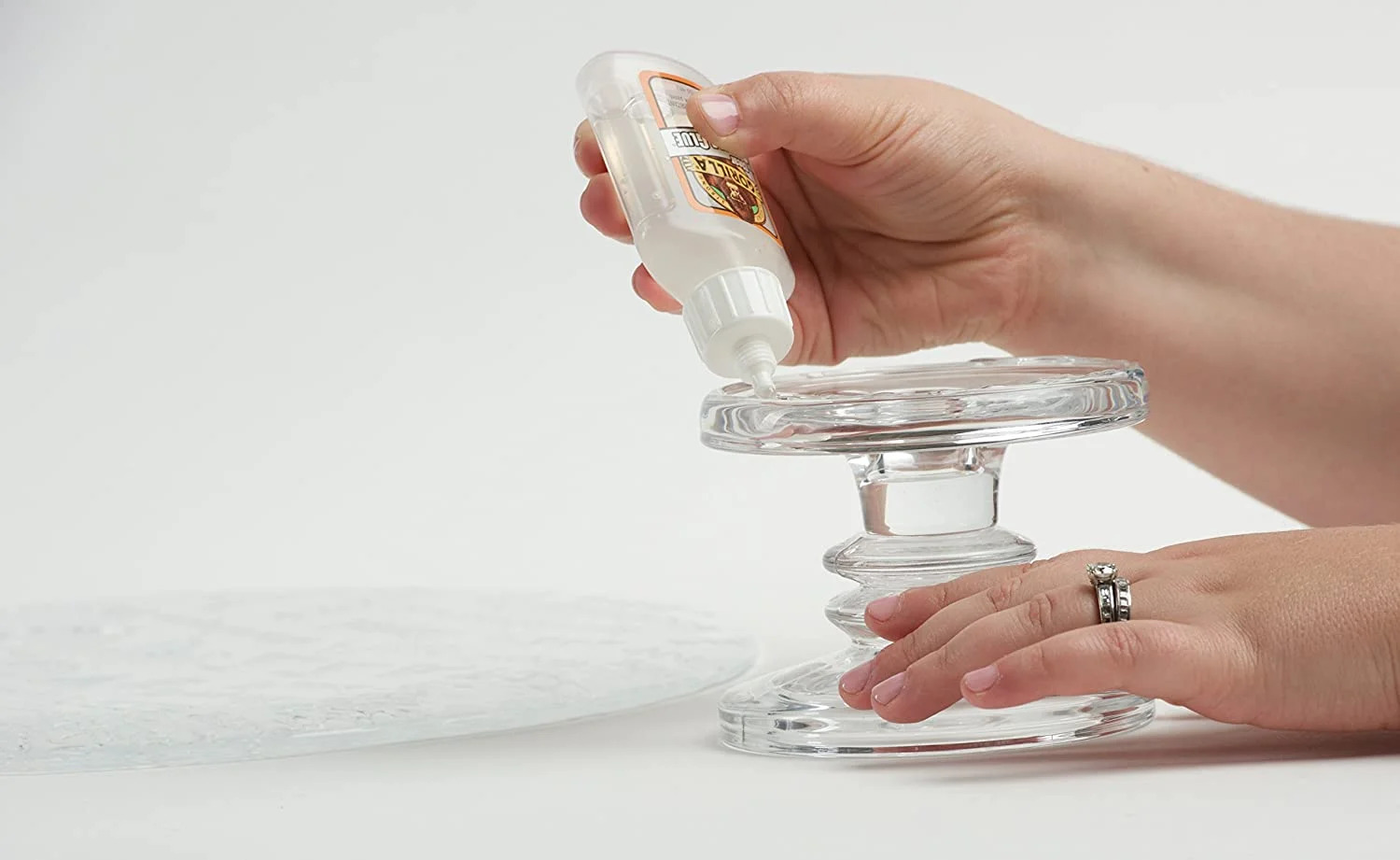






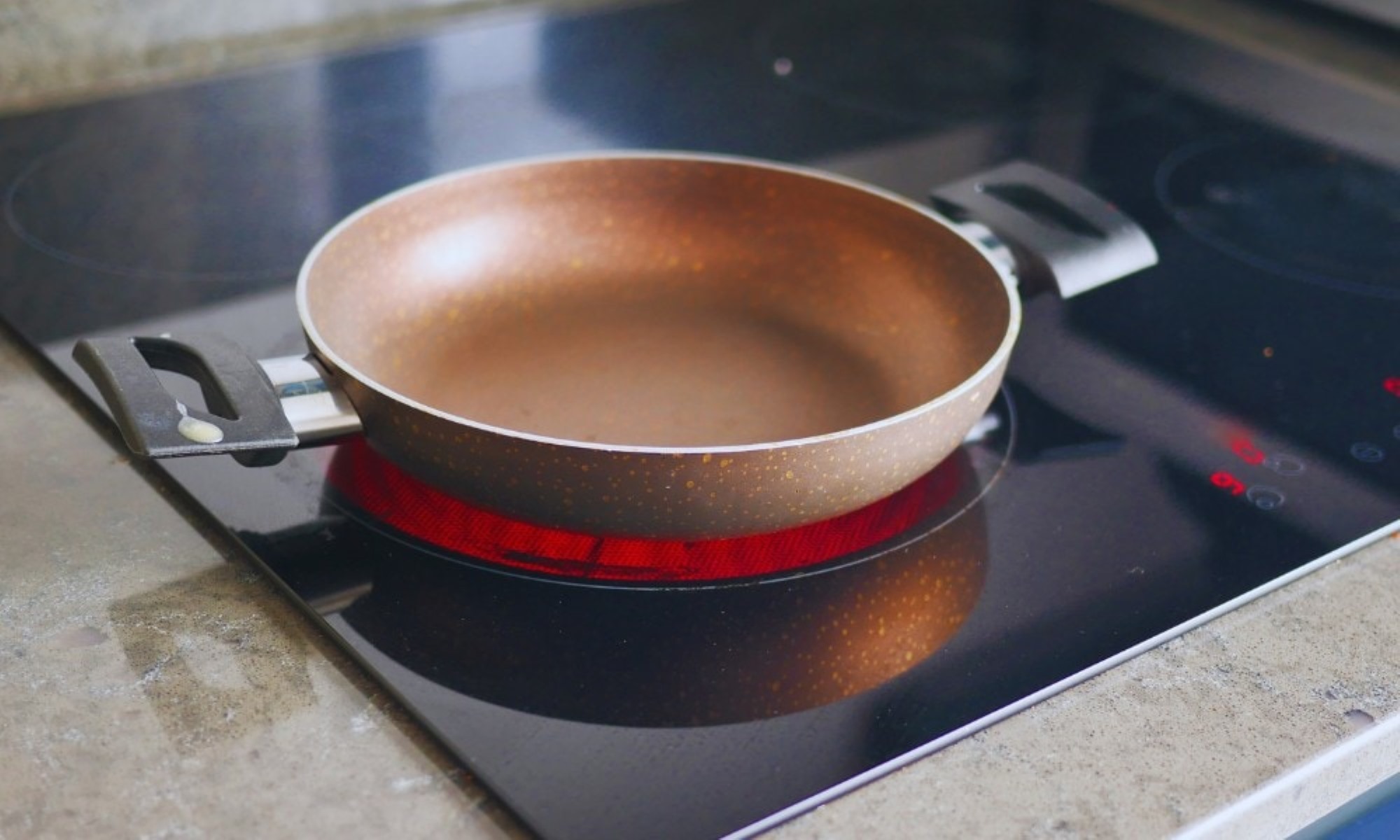


0 thoughts on “What Are Glass Eels Used For”